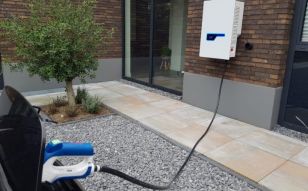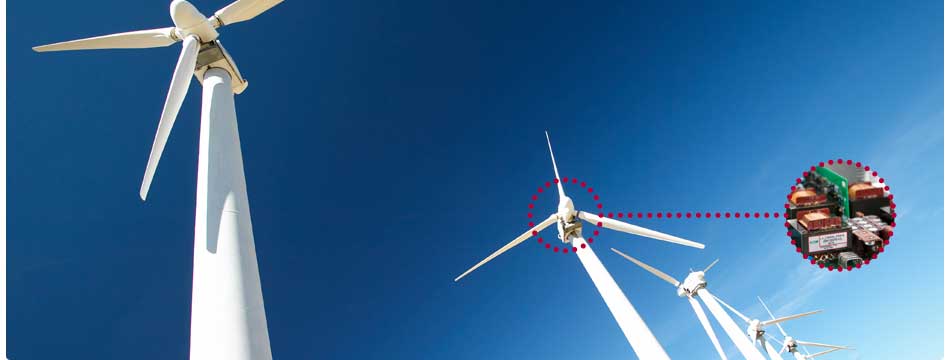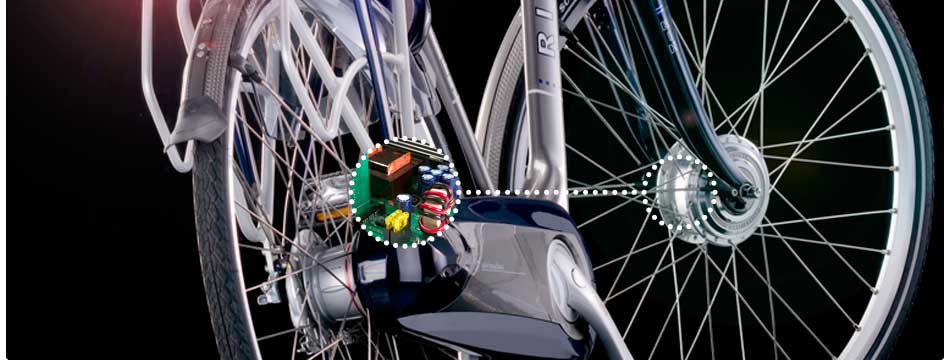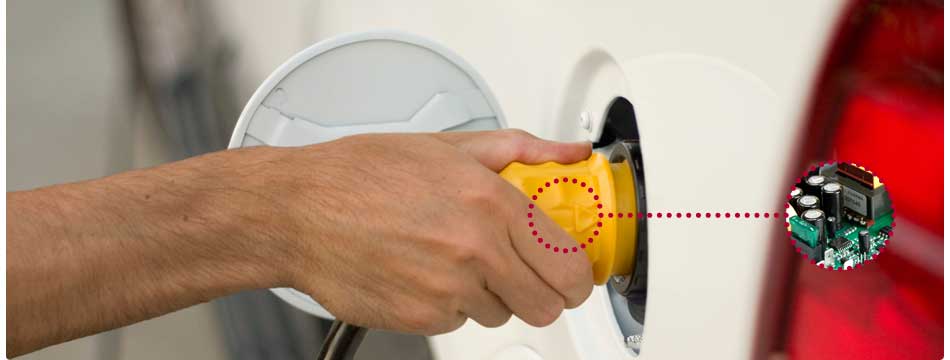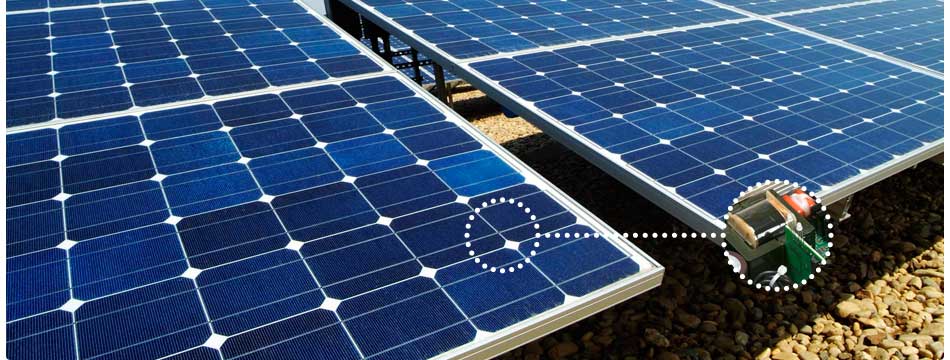
On-board V2G versus Off-board V2G (AC versus DC)
Expectations around V2G are high. Because of the increased use of electrical vehicles the demand for energy will increase rapidly. V2G technology will make sure the electrical grid will remain stable without large investments being necessary, because all the batteries used by electrical cars taken together, can be seen as one giant battery. Not only can these batteries be used to stabilize the grid, they can also be used as a power supply for the home. For example: If one out of seven cars in The Netherlands would be electrical and have V2G capabilities, they represent a power capacity of 10GW. This is the same power generation capacity as all capacity gas/coal energy generators together! There are two technologies being worked on at the moment: on-board V2G and off-board V2G, also known as AC versus DC V2G. In this article we will compare both technologies.
On-board V2G (AC)
With this technology the V2G charger is placed in the car itself. The car can be connected to the grid through a cable. At the moment different car manufacturers are experimenting with this technology. The best-known example is the test that has been conducted with fifteen Renault Zoes. Another example is LomboXnet. The biggest advantage on board V2G has, is that car owners do not have to pay for an expensive V2G DC charging station. Also, local authorities do not have to invest in expensive hardware.
But there are a number of important disadvantages compared to offboard charging. Ideally any existing AC charger can be used. Controrary to what one would expect, one cannot use any standard AC charger. Instead, one need a special version. Although the AC V2G wallbox is cheaper than a DC V2G charger, it is more expensive than a normal AC charger. We hope that Renault will integrate all needed protections in the car, so it can work on any AC charger. Besides cost for electronics in the car are intrinsically more expensive due to the strict automotive requirements and limited space. In addition, the electronics in the car are liquid-cooled. This way of cooling causes noise due to the pump. While driving, this is not a problem, but when the car is parked next to your house and the V2G operation starts, the noise can cause discomfort. Another drawback is that the efficiency of AC onboard charger. The round trip efficiency will be (typically) 10% lower than for an off-board V2G.
Off-board V2G (DC)
With off-board charging the bidirectional V2G charging hardware is not in the car, but in the charging station. Cars have to be suitable for this, obviously, but the intervention is not that big. One car manufacturer who is fully committed to off-board V2G is Nissan, which uses the CHAdeMO protocol. Another example is the ShareTheSun project (V2G car sharing). But CharIN is also working on a V2G DC protocol for CCS. One of the biggest benefits when off-board charging is enabled is that charging is faster and more efficient. An added bonus is the low noise level.
The biggest disadvantage is the price,mainly due to the expensive DC cable and plug - compared to a Mennekes type 1 plug. In the next meeting with CHAdeMO PRE will ask the organization for the background on this. The price of a dc cable alone is eur 500,-.
The big question is who will pay for this investment: the car owner, the energy company or the local authorities or a combination of all three? At the moment mostly AC charging stations are installed. The most important reason for this are the lower costs. These charging stations however, are not compatible with on-board V2G. Even so, assuming that now only one percent of the required charging stations are installed it makes little sense to look at it.
Conclusion
We have addressed both concepts and its Pro's and con 's. Both technologies will have to work hard on their disadvantages.
In the future there is probably room for both AC and DC V2G.
We will keep you posted!
For more information contact PRE power developers!
Best regards,
Menno Kardolus (m.kardolus@pr-electronics.nl)
Erik van Beusekom (e.vanbeusekom@pr-electronics.nl)
